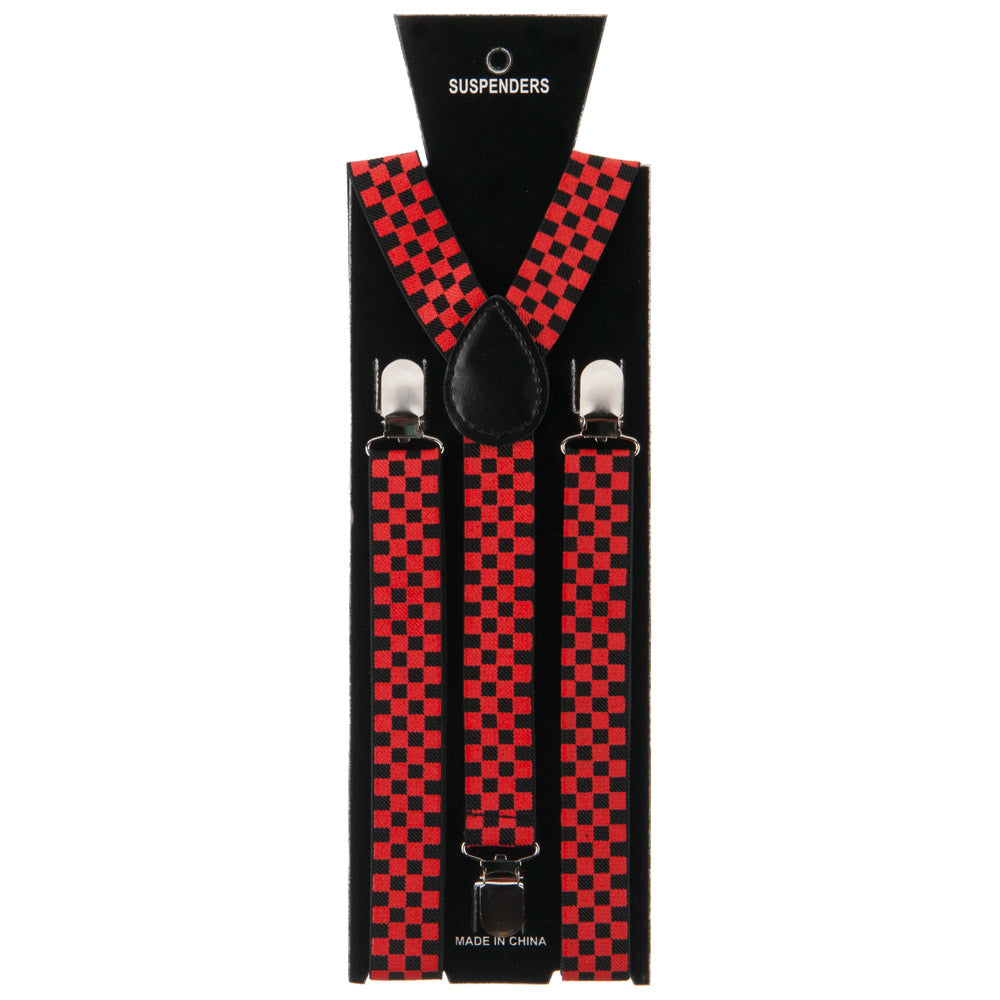

How to Remove AdBlocker from the Windows Registry ^ These registry keys and values are respectively listed in the Registry Keys and Registry Values sections on this page.įor instructions on deleting the AdBlocker registry keys and registry values, see the following section How to Remove AdBlocker from the Windows Registry.

To completely purge AdBlocker from your computer, you need to delete the Windows registry keys and registry values associated with AdBlocker. Now, I dont have to worry about any malware as I have Exterminate in my system.ĪdBlocker How to Remove AdBlocker from Your Computer I will recommend this to everyone who use P2P sites or rapidshare or torrents. I still have to use Mcafee as I have a licensed version but buying Exterminate IT is a worth of £20 spent on it.
#Add blocker Pc#
I bought a single PC license, activated, scanned my system thrice and my system is now free from all malwares and viruses and running absolutely fine. Exterminate listed all the malwares and registry changes done by them, like task manager, registry edit was disabled.
#Add blocker trial#
I tried trial version of Bit Defender, Sunbelt Spyware, Claim Win, A-Squared, but they were unable to do a complete detection and removal of malwares.
I have licensed McAfee, which is good for nothing and was unable to protect my laptop from these malwares. My Windows XP Media Center OS was infected with Win32.Renos, Backdoor, XPAntivirus, Xta.kill trojans, spyware as I use rapidshare links a lot. If(document.A Big thanks to you people, who have developed this product. Its purpose is to check if the hidden div created within “ads.js” exists (ads are allowed) or not (ads are blocked).
#Add blocker code#
Publishers place the following JavaScript within their website’s HTML source code just above the tag. Knowing this, proposes a method that requires a piece of JavaScript code to be saved, and creates a hidden section (div) to a file called “ads.js” and places it in the root directory of your website. An example of a common file name that will invariably trigger every ad-blocking script is “ads.js”. One of the easiest ways to detect ad-block is by using bait. There are a few providers that spare publishers the hassle of actually having to come up with their own script. Download FREE Guide Anti-Ad-Blocking ScriptsĪn effective ad-block-detection script takes just a couple lines of code and is relatively easy to implement. Learn About The 12 Main Challenges And Opportunities In Programmatic & RTBĪ comprehensive guide for all those who work within the online advertising industry. Have a look at EasyList yourself to get an idea of what ad blockers consider suspicious. At the same time, such lists provide ample examples of possible baits for ad blockers. The ad blocker compares the names of referenced scripts and files against the list, and if there are any matches, those files will be ignored. The list includes various internal and external references to JavaScript files, CSS stylesheets, and images. The list is a double-edged sword while it allows ad blockers to detect ads and stop them from being displayed, it is also relatively easy for publishers to identify which elements of their website are being blocked. Incidentally, it is quite funny that the very same list AdBlock uses to hide ads can be used against it. The part that would trigger every ad blocker in the example above is the class name “banner_ad”, easily found among many other similarly named ad-related elements in most ad-blocker blacklists. Here’s an example of a website element that will work like bait and be hidden by AdBlock: This usually involves the implementation of a “bait” script-a tiny piece of code that an ad blocker is likely to perceive as an ad. Websites can resort to a combination of simple methods that (at least) tell whether or not a visitor to the website is using an ad blocker. This is half the battle if such elements aren’t found, the publisher can display an anti-ad-block message kindly asking the visitor to either whitelist the page, highlighting the importance and benefits of not using ad-blocking software, or block access to the webpage completely (see image below).
#Add blocker software#
While ad-blocking software can’t be detected by the websites directly, one can assume their presence by testing whether particular elements of the page have been displayed. The rise of ad-blocking software means publishers have to come up with new ways to make up the lost revenue, whether by using various custom-made ad re-insertion software or by putting up paywalls (like the one shown below from The Economist.) Conversely, there is no way for publishers to make their websites completely and consistently immune to ad blockers. There is no way for users to make ad blockers completely invisible to sites or services that show anti-ad-blocking messages. The tug of war between publishers and those who resist display ads has been going on for some time now and is far from over.


 0 kommentar(er)
0 kommentar(er)
